Summer sale discount off 50%! Shop Now
Currency
Evolution of Hermes Closures: From Utility to Luxury
- Home
- ReplicaX Blog | Style Guides and Insider Secrets
- Evolution of Hermes Closures: From Utility to Luxury
Evolution of Hermes Closures: From Utility to Luxury
Sep 28, 2025
By
Sophia Whitmore
0 comment(s)
Introduction: Why Closures Matter in Hermès Design
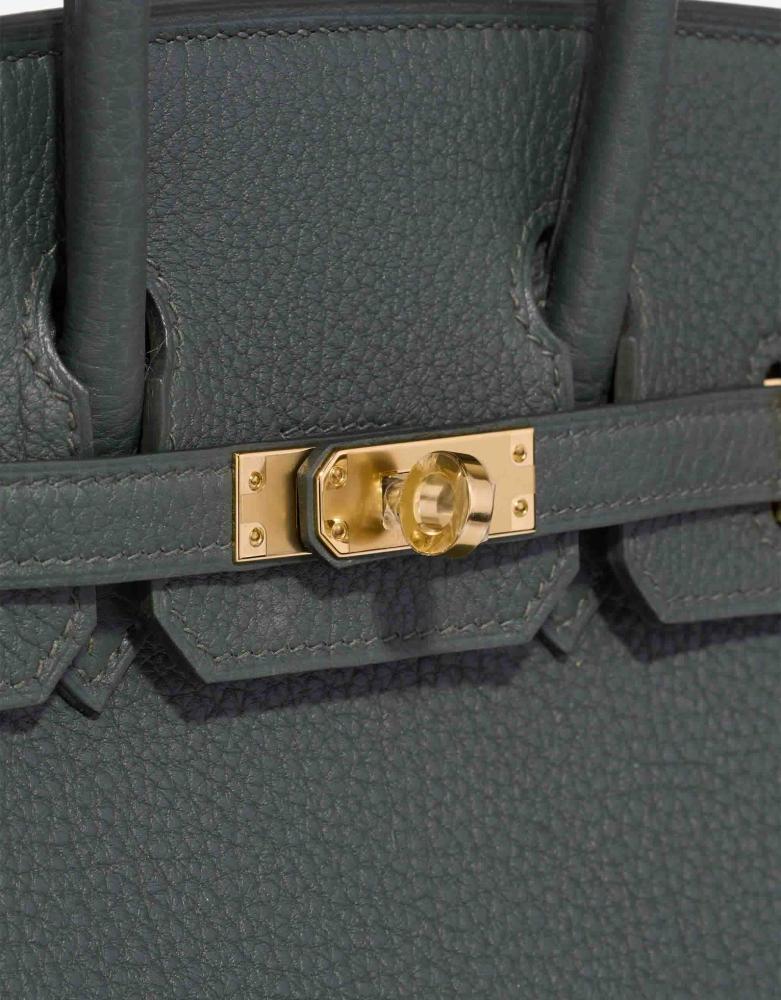
When people talk about Hermès, the conversation usually circles around the exclusivity of the Birkin, the elegance of the Kelly, or the house’s unmatched leatherwork. But there’s another element—smaller, quieter, yet incredibly powerful—that plays just as big a role in shaping Hermès’ identity: the closure.
Closures are more than fastenings; they’re tactile design signatures. They influence how the bag feels in your hand, how you interact with it day after day, and even how the world recognizes it from across the room. Over nearly two centuries, Hermès closures evolved from practical hardware rooted in saddlery to some of the most recognizable symbols of luxury in fashion history.
This journey—from buckles to turn-locks, from padlocks to hidden magnets—tells the story of Hermès itself: a house that elevates utility into artistry, never losing sight of heritage while reinventing how we experience luxury.
The Early Years: Practical Beginnings of Hermès Closures
Hermès was founded in 1837 as a harness and saddlery workshop in Paris. In those early decades, the focus was purely practical: how to secure straps, harnesses, and trunks so they could endure the strain of travel and equestrian use.
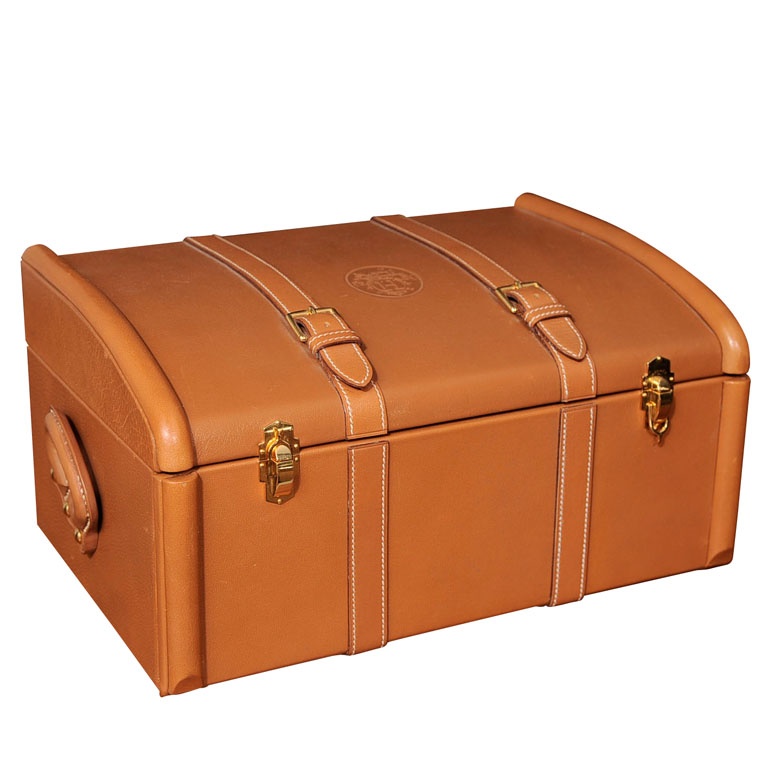
Closures in this period were not about decoration. They were rugged buckles, brass clasps, and heavy-duty locks designed to hold strong against tension and motion. For example, early Hermès travel trunks often featured large, reinforced locks with keys—functional necessities for protecting valuables on long journeys.
When Hermès expanded into luggage and handbags in the early 20th century, it carried this DNA forward. The closures were straightforward, sometimes nothing more than straps and buckles. They echoed the equestrian world, ensuring that even luxury goods embodied reliability and endurance.
Collector anecdote: A rare 1910s Hermès travel trunk surfaced at auction in Paris with its original key still intact. Despite more than a century of use, the lock functioned as smoothly as the day it was made—proof of Hermès’ early obsession with engineering longevity into closures.
For context on how Hermès' early saddlery shaped its design philosophy, see our Secrets Behind the Kelly Bag blog.
The 1930s: The Kelly Bag and the Birth of the Turn-Lock
The 1930s brought a revolution in closure design with the Sac à dépêches, later immortalized as the Kelly. Its defining feature was the turn-lock mechanism.
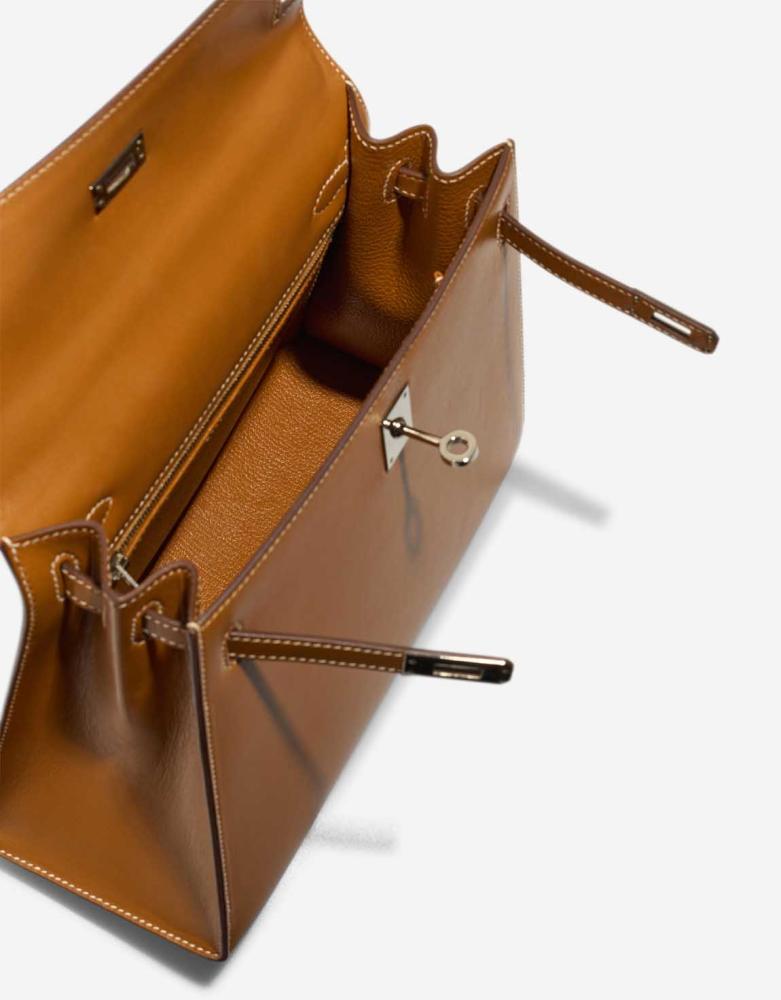
This system—two side straps, a central lock plate, and a rotating clasp—was elegant yet secure. Unlike the utilitarian buckles of the past, the turn-lock had an almost ceremonial quality. To open it, you had to slide the straps, twist the clasp, and lift the flap. Each step was deliberate, almost theatrical.
The closure reached global fame in 1956 when Grace Kelly used her Hermès bag to shield her pregnancy from photographers. That photograph cemented the bag’s status, and by extension, the turn-lock itself became a symbol of poise and refinement.
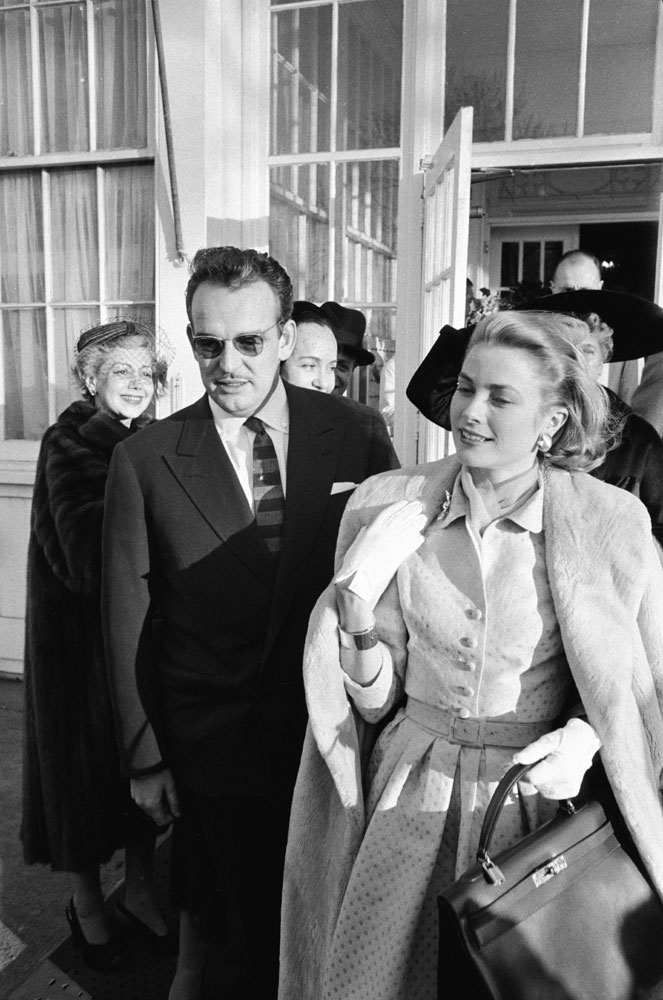
Collector anecdote: At Christie’s 2019, a black box calf Kelly from the 1950s sold for over $50,000. While its leather showed some gentle wear, the hardware—particularly the turn-lock—remained pristine. Collectors noted how its smooth twist and subtle patina elevated the bag beyond an accessory into a piece of living history.
The Padlock: A Signature Twist on Utility
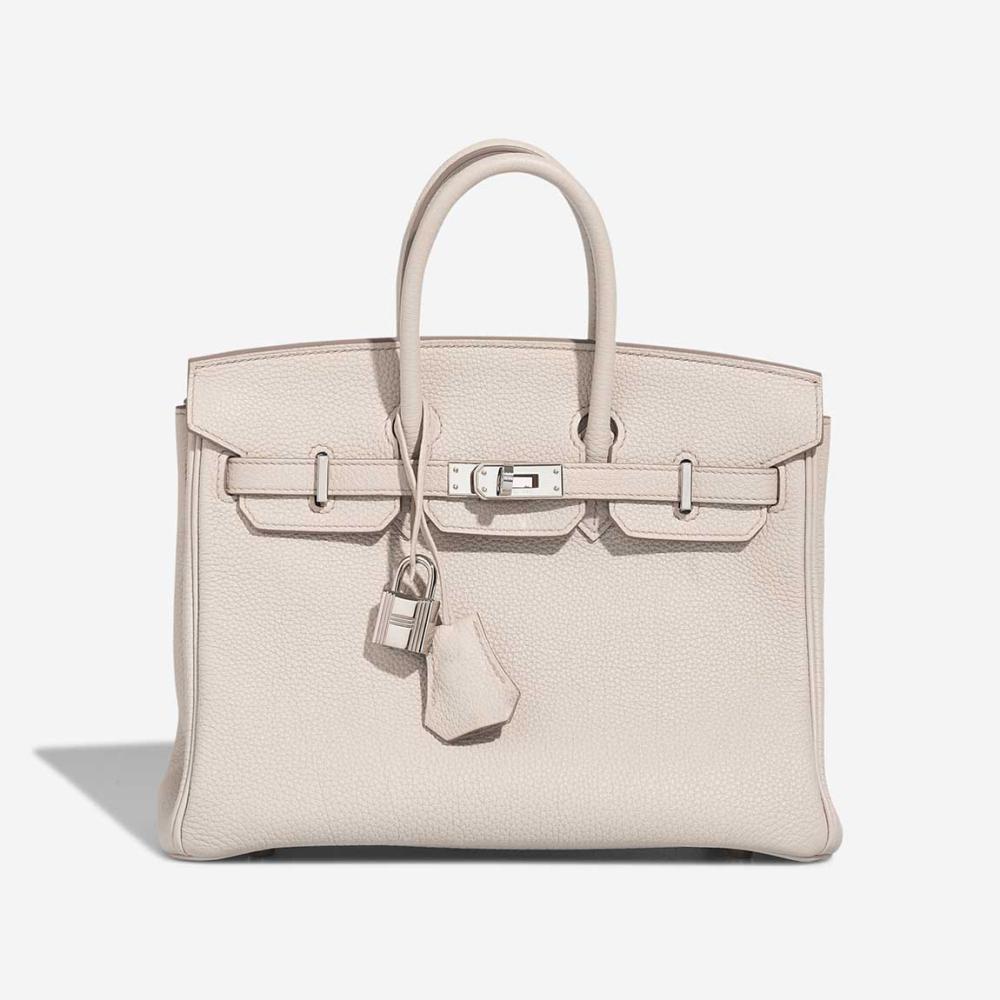
If the Kelly made the turn-lock iconic, the Birkin cemented the padlock as Hermès’ most recognizable closure. Introduced in the 1970s, the padlock added both security and charm.
This design directly references Hermès’ heritage. Padlocks were common in equestrian gear and travel trunks, but here they were miniaturized and refined into jewelry-like hardware. Each padlock is weighty, engraved with “Hermès” and sometimes a number indicating the year or collection.
The padlock also invites choice: some owners unlock and secure it, others let it dangle as an ornament. That flexibility turns the padlock into an extension of personal style.
Collector anecdote: In 2021, Sotheby’s sold a matte white Himalayan Birkin with diamond-encrusted hardware for over $400,000. The padlock alone was fully paved with diamonds, turning a once-utilitarian object into a standalone jewel. This sale underscored just how far Hermès closures had traveled—from pure function to coveted luxury in their own right.
Variations Beyond the Icons: Buckles, Clasps, and Zippers
Though the Kelly and Birkin dominate public imagination, Hermès’ closure vocabulary is much broader. Each design reflects a balance of lifestyle needs and brand heritage.
- Constance bag (1959): The bold “H” clasp doubles as closure and branding. The click of the clasp is instantly recognizable, giving owners a sensory connection to the logo itself.
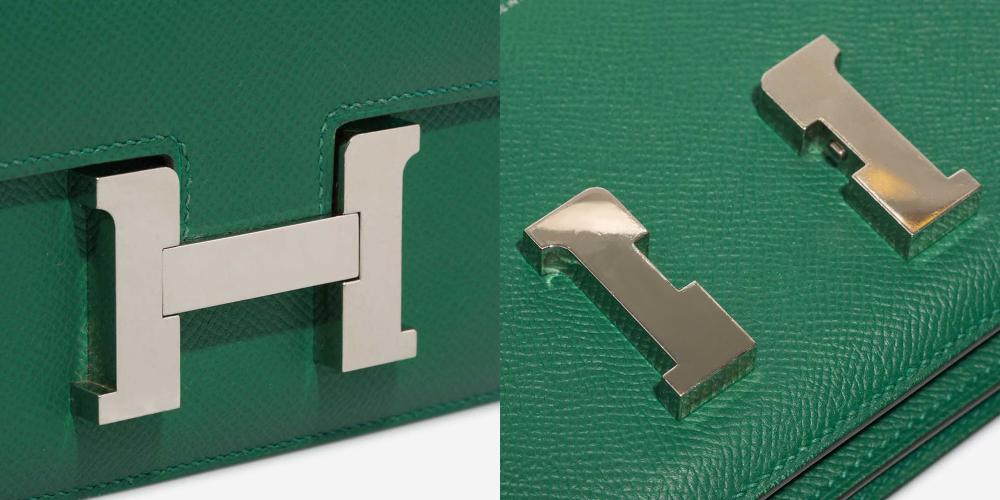
- Jypsière bag: Inspired by hunting satchels, it uses a casual, smaller turn-lock—a nod to the Kelly but adapted for crossbody practicality.
- Evelyne bag (1978): Designed as a functional equestrian carryall, it features a simple snap closure paired with perforated “H” detailing in the leather. The understated hardware lets the perforation shine.
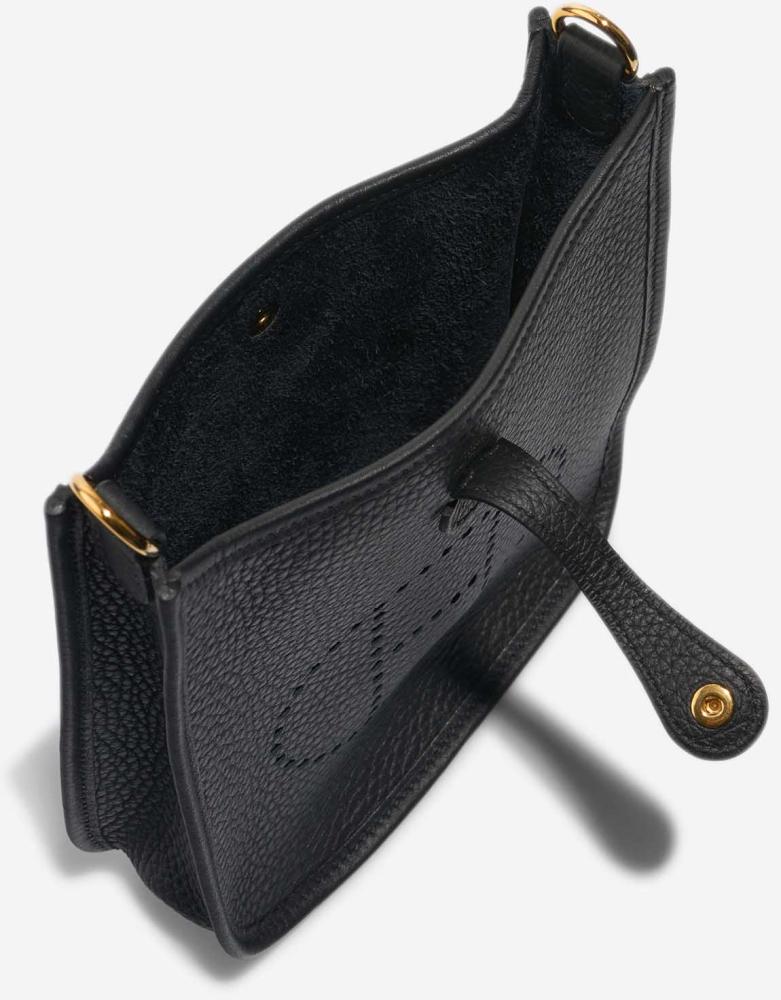
- Herbag: Known as the “Kelly’s little sister,” the Herbag uses a utilitarian buckle closure, leaning heavily into Hermès’ saddle-making heritage.
Even when Hermès introduced zippers—something relatively rare in its handbag universe—they were custom-engineered for smoothness and durability, proving that no detail was ever left to chance.
Materials and Craftsmanship: The Hidden Story Behind the Shine
At Hermès, hardware is never treated as an afterthought. Closures are crafted in specialized workshops, cast in molds, plated with precious metals, and polished by hand.
Common finishes include:
- Gold-plated (often 18k): Adds warmth and elegance, with a subtle glow that deepens over time.
- Palladium-plated: A cooler, silvery tone favored for modern minimalism.
- Rose gold-plated: Romantic and understated, often reserved for limited editions.
- Ruthenium-plated: Dark, almost gunmetal finish, ideal for contemporary or unisex designs.
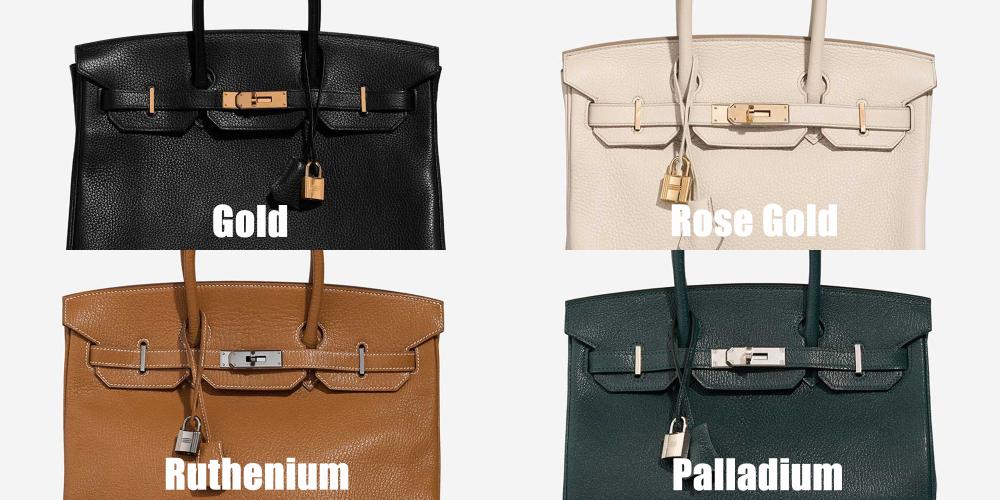
Material deep-dive: Palladium is highly resistant to scratches and tarnish, making it perfect for daily-use bags like the Birkin. Gold, while softer, ages into a rich patina that many collectors cherish. Ruthenium is particularly striking on exotic leathers, where its dark sheen contrasts dramatically with crocodile or ostrich textures.
Some closures go even further, incorporating enamel inlays, exotic skins, or precious stones. These editions transform closures into miniature works of jewelry, elevating them from practical elements into design centerpieces.
Ritual and Symbolism: Why Closures Became Cultural Icons
Part of Hermès’ genius lies in making closures not just functional but experiential. Each closure carries its own ritual:
- The Kelly’s turn-lock requires deliberate unfastening—a performance of elegance.
- The Birkin’s padlock introduces secrecy, hinting at something precious inside.
- The Constance’s “H” clasp clicks shut with finality, directly tying branding to tactile experience.
For owners, these rituals transform the act of using a bag into a daily luxury ceremony. Unlike a printed logo, closures demand touch. They create a personal, sensory relationship with the object that feels private even while signaling status publicly.
Modern Innovations: Closures in Contemporary Hermès Design
While rooted in tradition, Hermès continues to push closure design forward. Recent years have seen experiments with:
- Magnetic closures hidden under leather for clean, modern lines.
- Playful reinterpretations of the “H” clasp in lacquer or enamel finishes.
- Hybrid designs that combine classic turn-locks with magnetic ease.
Despite these innovations, Hermès always circles back to its DNA. Even the most avant-garde closures echo equestrian precision, luxury materials, and the tactile rituals that define the brand.
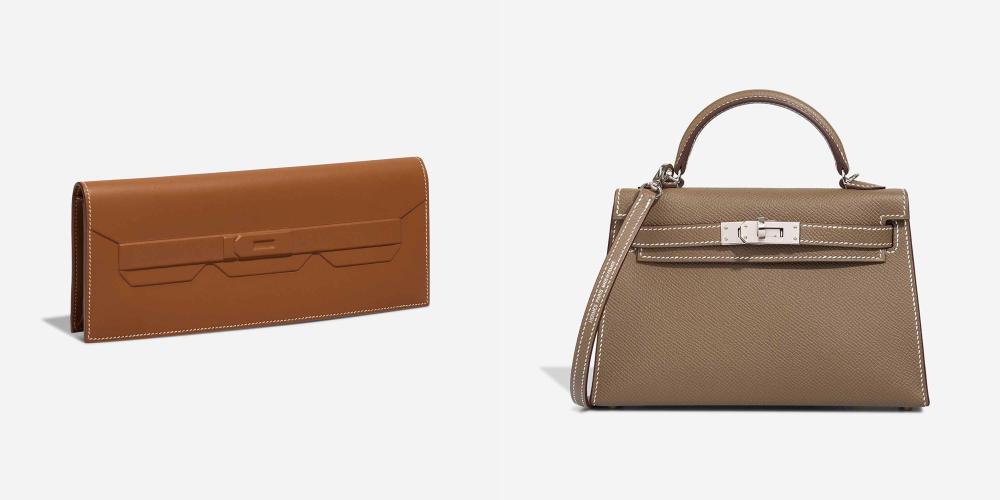
Collector Culture: Closures as a Point of Authentication
In the booming resale market, closures are one of the most scrutinized details for authentication. Experts examine:
- Engravings: Crisp, even lettering with perfect spacing.
- Weight: Hermès hardware has a reassuring heft that counterfeits often lack.
- Functionality: A genuine turn-lock glides smoothly; fakes often feel stiff or gritty.
- Year stamps: Some padlocks carry codes that align with production dates.
Collector anecdote: A high-profile counterfeit scandal was avoided at an auction house when specialists noticed a stiff twist-lock on an alleged Kelly. While the leather fooled many, the closure betrayed the fake. That single detail prevented a six-figure error, proving closures are as critical to authenticity as the leather itself.
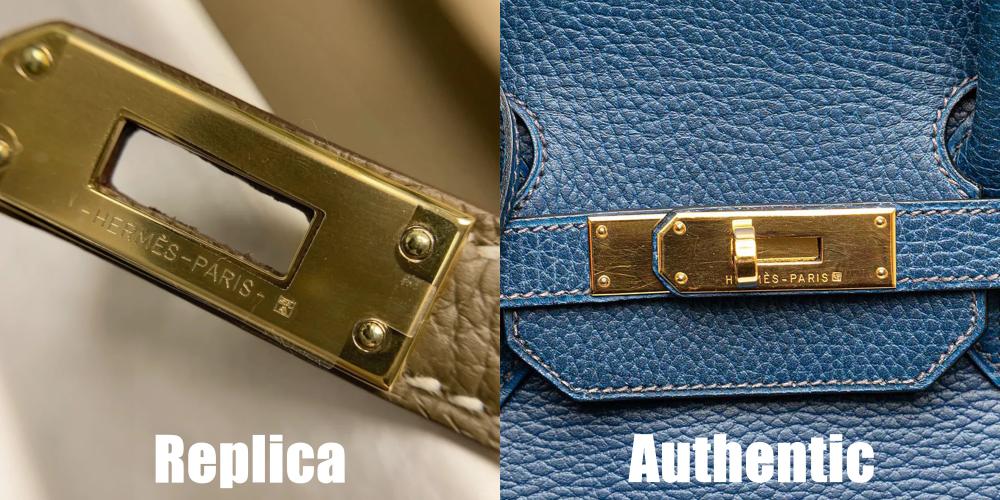
Timeline: Key Moments in Hermès Closure Evolution
- 1837: Harness buckles dominate Hermès saddlery.
- 1910s–20s: Heavy-duty trunk locks set a precedent for durability.
- 1930: Sac à dépêches (Kelly) introduces the iconic turn-lock.
- 1956: Grace Kelly immortalizes the bag and its closure.
- 1959: Constance debuts with its bold “H” clasp.
- 1970s: The padlock becomes a design signature, most notably on the Birkin.
- 2000s–present: Expansion into magnetic closures, enamel details, and jewelry-inspired limited editions.

Conclusion: Function Elevated to Luxury
Hermès closures tell the story of the house in miniature. From rugged saddlery buckles to diamond-encrusted padlocks, they embody Hermès’ mastery of blending function with artistry.
Every closure is both an engineering feat and a sensory ritual: a twist, a click, a lock that transforms ownership into experience. They’re not just hardware. They’re signatures, symbols of heritage, and touchpoints of luxury that carry Hermès’ legacy forward bag by bag, clasp by clasp.
For collectors, closures aren’t background details—they’re the heart of authentication, the markers of rarity, and often the very features that drive record-breaking sales. For everyday owners, they’re a daily reminder that luxury lives not just in how a bag looks, but in how it feels to use.
For a deeper dive into how closures connect to iconic Hermès bags, see our Birkin making blog.
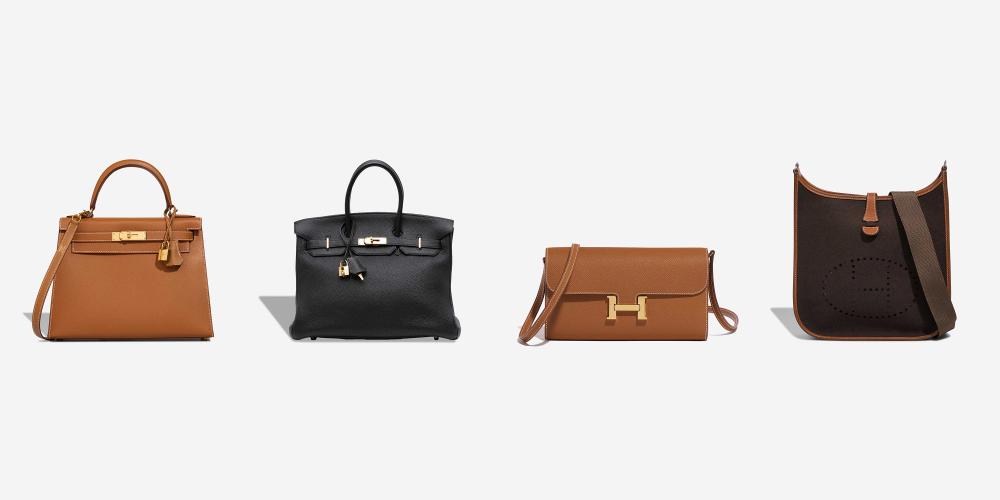
In short, closures are proof of Hermès’ genius: elevating utility into timeless luxury.
Recent Posts